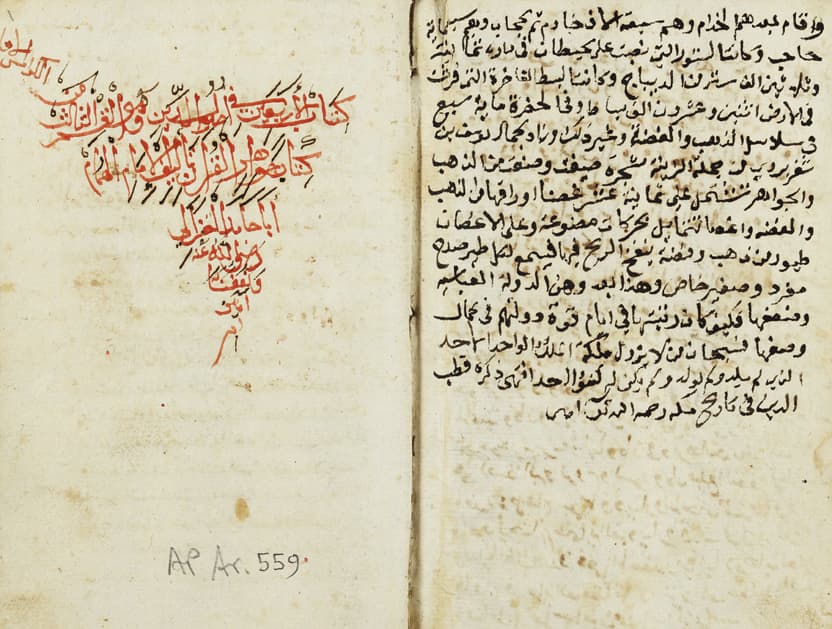Proceedings of the 4th Asia-Pacific Bioinformatics Conference [electronic resource]
لتكبير النص لتصغير النص- كتاب
High-throughput sequencing and functional genomics technologies have given us a draft human genome sequence and have enabled large-scale genotyping and gene expression profiling of human populations. Databases containing large numbers of sequences, polymorphisms, and gene expression profiles of normal and diseased tissues in different clinical states are rapidly being generated for human and model organisms. Bioinformatics is thus rapidly growing in importance in the annotation of genomic sequences, in the understanding of the interplay between genes and proteins, in the analysis of the genetics
| العنوان |
Proceedings of the 4th Asia-Pacific Bioinformatics Conference [electronic resource] : Taipei, Taiwan, 13-16 February 2006 / editors, Tao Jiang ... [et al.]. |
|---|---|
| الناشر |
London : Imperial College Press Hackensack, NJ : Distributed by World Scientific |
| تاريخ الإصدار |
c2006 |
| ملاحظات |
Description based upon print version of record. Includes bibliographical references and index. English |
| رقم الرف |
Preface APBC 2006 Organization Programme Committee CONTENTS Keynote Papers Contributed Papers Wen-Hsiung Li. On the Inference of Regulatory Elements, Circuits and Modules Mark A. Ragan. Automating the Search for Lateral Gene Transfer Michael S. Waterman. Whole Genome Optical Mapping D.A. Konovalov. Accuracy of Four Heuristics for the Full Sibship Reconstruction Problem in the Presence of Genotype Errors 1 Introduction 2 Method 2.1 Accuracy 2.2 Simulations 3 Algorithms 3.1 The Modified SIMPSON (MS2) Algorithm 3.2 The SIMPSON-assisted Descending Ratio (SDR) Algorithm 4 Results and Discussion Acknowledgments References P.C.H. Ma & K.C.C. Chan. Inference of Gene Regulatory Networks from Microarray Data: A Fuzzy Logic Approach 2 The proposed algorithm 2.1. Linguistic variables and linguistic terms representation 2.2. Discovering the interesting patterns 2.3. Prediction based on the discovered patterns 3 Experimental results 3.1. Experimental data 3.2. Method of evaluating the results 3.3. Results 3.4. Biological interpretation 4 Conclusions C.W. Li, W.C. Chang, & B.S. Chen. System Identification and Robustness Analysis of the Circadian Regulatory Network via Microarray Data in Arabidopsis Thaliana 1 Introduction 2 Dynamic System Description of Circadian Regulatory Model 3. Assay of the Model 3.1. Assay of ARX System Model 3.1.1. Determination of system order 3.2. Sensitivity Analysis of Circadian System 3.2.1. Circadian clock frequency assay 3.2.2. Trans-perturbation assay 3.2.2.1. Trans-sensitivity rate Y simulation of gene 3.2.2.2 Trans-expression threshold M1 simulation of gene 4. Results 5. Discussion Acknowledgments References P. Horton, K.-J. Park, T. Obayashi, & K. Nakai. Protein Subcellular Localization Prediction with WOLF PSORT 1. Introduction 2. Methods 2.1. Dataset 2.1.1. Site Definition 2.2. WoLF PSORT system 2.3. Classification 2.3.1. Candidate Features 2.3.2. Classification Algorithm 2.3.3. Extensions for Dual Localization Prediction 2.3.4. Feature Selection and Weighting 2.3.5. Reducing Over-reliance on Sequence Similarity 2.3.6. Evaluation of WoLF PSORT Accuracy 3. Results 3.1. Effect of Feature Weighting 3.2. WoLF PSORT Combined with BLAST 3.3. WoLF PSORT Server 4. Discussion 4.1. Interpretable Results 4.2. Evaluation in the Presence of Similar Sequences 4.3. Predicting Dual Localization 5. Conclusion 6. Acknowledgement P.-H. Chi & C.-R. Shyu. Predicting Ranked SCOP Domains by Mining Associations of Visual Contents in Distance Matrices 2. Preliminaries 3. Method 3.1. Space Partition Algorithm Using C4.5 Decision Tree 3.2. Mining Training Data and Prediction Model 4. Experiment D. Ruths & L. Nakhleh. RECOMP: A Parsimony-Based Method for Detecting Recombination 1. Introduction |
| سلسلة |
Series on advances in bioinformatics and computational biology v. 3 |
| الشكل |
1 online resource (379 p.) |
| اللغة |
الانكليزية |
| رقم النظام |
997010710640105171 |
MARC RECORDS
أتعرفون المزيد عن هذا العنصر؟ وجدتم خطأ ما؟

 سجل الدخول باستخدام غوغل
سجل الدخول باستخدام غوغل
 تسجيل الدخول باستخدام فاسيبوك
تسجيل الدخول باستخدام فاسيبوك



